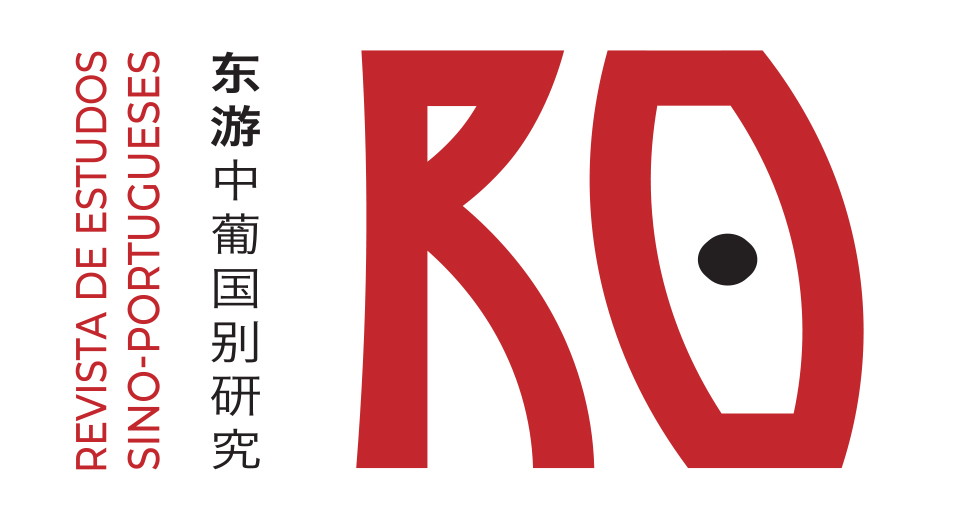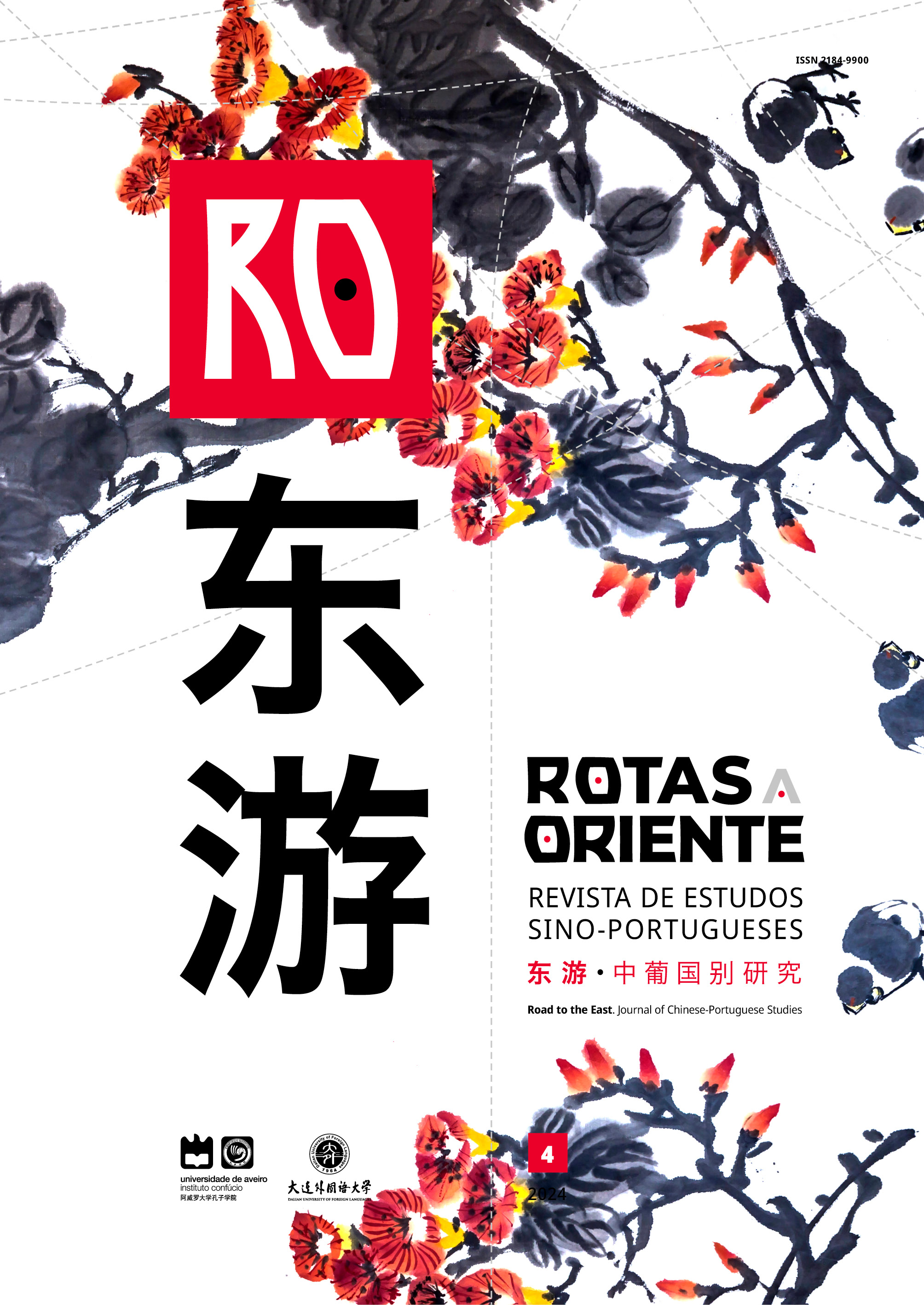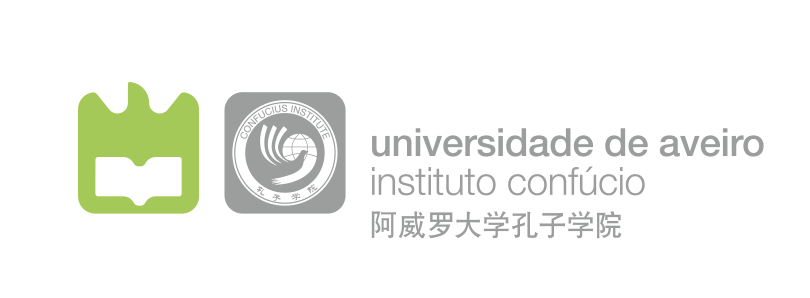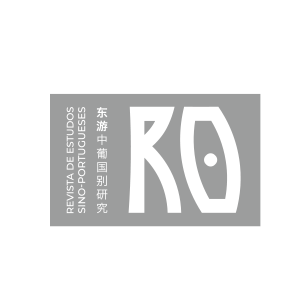Geopolítica e Saúde Global
Resumo
Os conflitos armados e os surtos de doenças infeciosas coexistem no século XXI em várias regiões do globo. A geopolítica enfatiza o poder e a geografia dos Estados, mas a capacidade de fazer a guerra é contrariada pela Carta das Nações Unidas. Os conflitos armados conduzem a movimentos de refugiados e deslocados internos que potenciam as doenças infeciosas e a resistência antimicrobiana. Procurou-se estabelecer uma correlação entre conflitos armados e surtos de doenças infeciosas e assim compreender melhor a relação entre geopolítica e saúde global. A emergência destas doenças com impacto transnacional é influenciada pela guerra, que amplifica os efeitos e por fatores demográficos, climáticos e económicos. Concluiu-se que em determinadas circunstâncias e contextos, os conflitos potenciam o surgimento de surtos de doenças infeciosas estabelecendo uma relação causal entre eles. A reorganização dos sistemas de saúde mundiais deve contar com o contributo da geopolítica e das Relações Internacionais.
Referências
Baker, R. E., Mahmud, A. S., Miller, I. F., Rajeev, M., Rasambainarivo, F., Benjamin L. F., Rice B. L., Takahashi, S., Tatem, A. J., Wagner C. E, Wang Lin-Fa, Wesolowski, A., & Metcalf, C. J. E. (April, 2022). Infectious disease in an era of global change. Nature Review Microbiology 20, 193–205.
Beiner, G. (2021). The Great Flu between Remembering and Forgetting. In G. Beiner (Ed.), The Forgotten and Unforgotten “Spanish” Flu of 1918–1919 (pp. 4-48). Oxford: Oxford University Press. https://doi.org/10.1093/oso/9780192843739.03.0001
Burkle, F. M., Bradt, D. A., & Ryan, B. J. (2021). Global Public Health Database Support to Population-Based Management of Pandemics and Global Public Health Crises, Part I: The Concept. Prehospital and disaster medicine, 36(1), 95–104.
Chan, E.H., Brewer, T.F., Madoff, L.C., Pollack, M.P. , Sonricker, A.L., Keller, M., Freifeld, C.C., Blench, M., Mawudeku, A., & Brownstein, J.S. (2010). Global capacity for emerging infectious disease detection. Proceedings of the National Academy of Sciences, 107, 21701-21706.
Charnley, G. E. C., Jean, K., Kelman, I., Gaythorpe, K. A. M., & Murray, K. A. (2022). Association between Conflict and Cholera in Nigeria and the Democratic Republic of the Congo. Emerging infectious diseases, 28(12), 2472-2481. https://doi.org/10.3201/eid2812.212398
Connolly, M.A. & Heymman. D.L (2002, September). Deadly comrades: war and infectious diseases. Lantec 360, s23-s24. Retrieved from: https://doi.org/10.1016/S0140-6736(02)11807-1
Correia, P. P. (2012). Geopolítica e Geoestratégia, Nação e Defesa, 131, 229-246.
Council on Foreign Relations (2023). Global conflict tracker. Retrieved from: https://www.cfr.org/global-conflict-tracker
Dureab, F. A., Shibib, K., Al-Yousufi, R., & Jahn, A. (2018). Yemen: Cholera outbreak and the ongoing armed conflict. The Journal of Infection in Developing Countries, 12(05), 397-403. https://doi.org/10.3855/jidc.10129
Gayer, M., Legros, D., Formenty, P. , & Connolly, M. A. (2007). Conflict and emerging infectious diseases. Emerging infectious diseases, 13(11), 1625-1631. https://doi.org/10.3201/eid1311.061093
Goniewicz, H.S., Burkle, F., Borowska‐Stefańska, M., Wiśniewski, S., & Khorram‐Manesh, A. (2021). The Influence of war and conflict on infectious disease: A rapid review of historical lessons we have yet to learn. Sustainability, 13(19), 10783. doi.org/10.3390/su131910783
Isaac, I., Malaeb, M., Bou Khalil, A., Musharrafieh,, U., Bizri, A.R. (2020). Infectious Diseases in Times of Conflict and War: The Loyal Companions. J Infect Dis Epidemiol (6)172. doi.org/10.23937/2474- 3658/1510172
Kelly-Hope L. A. (2008). Conflict and emerging infectious diseases. Emerging infectious diseases, 14(6), 1004-1005. https://doi.org/10.3201/eid1406.080027
Koop, A. (04 October 2021). Mapped: Where are the World’s Ongoing Conflicts Today? Retrieved from: https://www.visualcapitalist.com/mapped-where-are-the-worlds-ongoing-conflicts-today/
Krauthammer, C. (1990). The Unipolar Moment. Foreign Affairs, 70(1), 23-33.
Markowitz, J.N., & Fariss, C.J. (2013). Going the Distance: The Price of Projecting Power, International Interactions, 39(2), 119-143 DOI: 10.1080/03050629.2013.768458
Martins, R.F. (1996). Geopolítica e Geoestratégia - O Que São e Para Que Servem. Nação e Defesa, 78.
Mearsheimer, J.J. (2001). The tragedy of great power politics. WW Norton & Company.
Ministry of Foreign Affairs, Republic Of Indonesia (1955). Final Communiqué of the Asian-African conference of Bandung (24 April 1955). Retrieved from: https://www.cvce.eu/en/obj/final_communique_of_the_asian_african_conference_of_bandung_24_april_1955-en-676237bd-72f7-471f-949a-88b6ae513585.html
Nguyen V. K. (2019). An Epidemic of Suspicion - Ebola and Violence in the DRC. The New England journal of medicine, 380(14), 1298-1299. https://doi.org/10.1056/NEJMp1902682
Nye, J. S. & Welch, D. A. (2017). Understanding global conflict and cooperation. An introduction to theory and history (10th ed.). Boston: Pearson.
O`Sullivan, P. (1986). Geopolitics, Croom Helm. DOI:104324.9781315749617-1
Price-Smith.A.T. (2020). 7. War as a Disease Amplifier. In Contagion and Chaos. Retrieved from: https://covid-19.mitpress.mit.edu/pub/dnlo43g7
Sidel, V.W., & Levy, B.S. (2008). The health impact of war, International Journal of Injury Control and Safety Promotion, 15(4), 189-195, DOI: 10.1080/17457300802404935
SIPRI (2023). SIPRI Yearbook 2023. Solna. Oxford University Press. https://www.sipri.org/yearbook/2023/02
Truppa, C., Abo-Shehada, M.N. (2020). Antimicrobial resistance among glass pathogens in conflict and non-conflict affected settings in the Middle East: a systematic review. BMC Infect Dis 20, 936. Retrieved from: https://doi.org/10.1186/s12879-020-05503-8
United Nations (1945). United Nations Charter. Retrieved from: https://www.un.org/en/about-us/un-charte
United Nations (2023).UN News. Retrieved from: https://news.un.org/en/story/2023/05/1136367
World Health Organisation. (2001 January 01). Global Strategy for Containment of Antimicrobial Resistance. Geneva, Retrieved from: https://www.who.int/publications/i/item/who-global-strategy-for-containment-of-antimicrobial-resistance
World Health Organization (2019, November 19). Emergencies: International Health Regulations and Emergency Committees. Retrieved from: https://www.who.int/news-room/q-a-detail/what-are-the-international-health-regulations-and-emergency-committees
World Health Organization (2020, December 09). The top 10 causes of death. Retrieved from: https://www.who.int/news-room/fact-sheets/detail/the-top-10-causes-of-death
World Health Organisation (2023 April 06). Whole of Syria. Cholera Outbreak Situation Report no. 15. Retrieved from: https://www.emro.who.int/images/stories/syria/Cholera-Sitrep_8_april_2023.pdf
World Health Organization (2023a). Coronavirus disease (COVID-19) pandemic. Retrieved from: https://www.who.int/europe/emergencies/situations/covid-19
World Health Organisation (2023b). Disease Outbreak News. Cholera - Democratic Republic of the Congo. Retrieved from: https://www.who.int/emergencies/disease-outbreak-news/item/2023-DON441
World Health Organisation (2023c). WHO’s Health Emergency Appeal 2023, Geneva. Retrieved from: https://www.who.int/publications/i/item/WHO-WHE-EXR-2023.1
World Health Organisation (2024). Social determinants of health. Retrieved from: https://www.who.int/health-topics/social-determinants-of-health#tab=tab_1

Este trabalho está licenciado com uma Licença Creative Commons - Atribuição 4.0 Internacional.
Os direitos permanecem com os autores.
Licença Creative Commons: Atribuição 4.0 Internacional.








